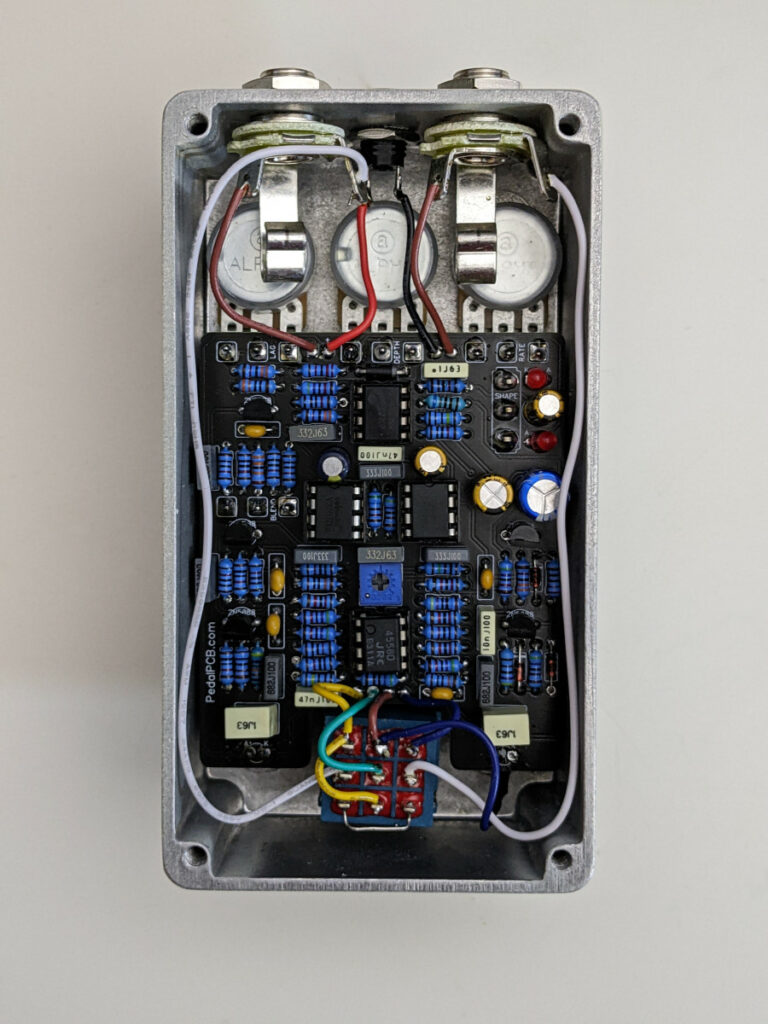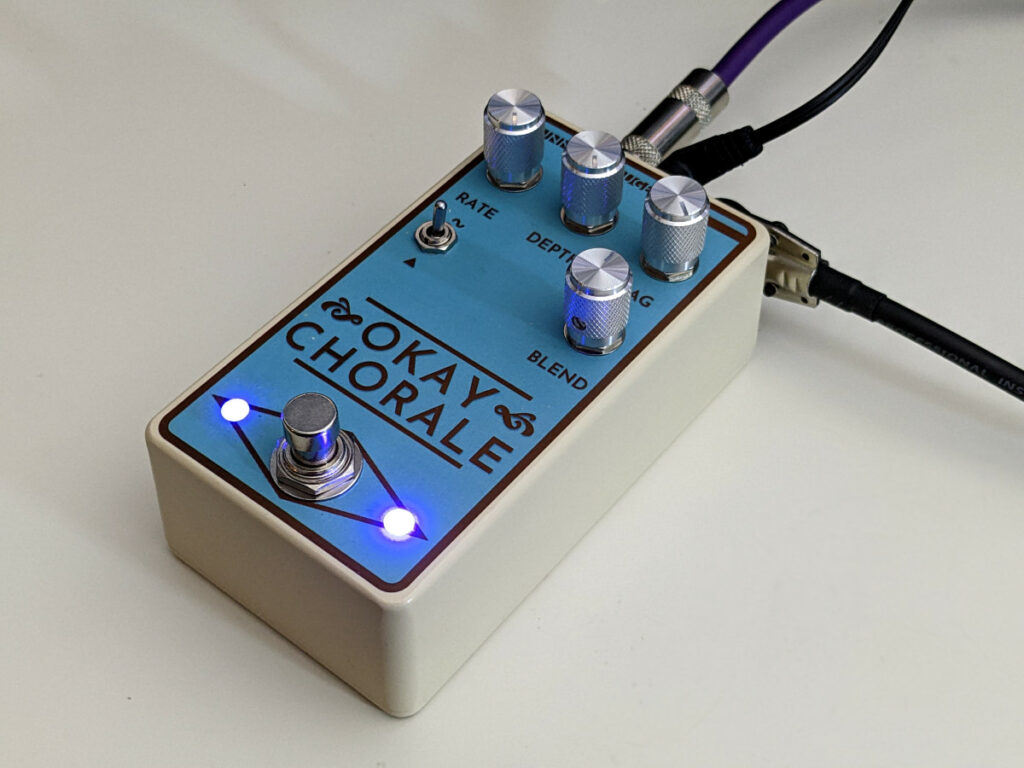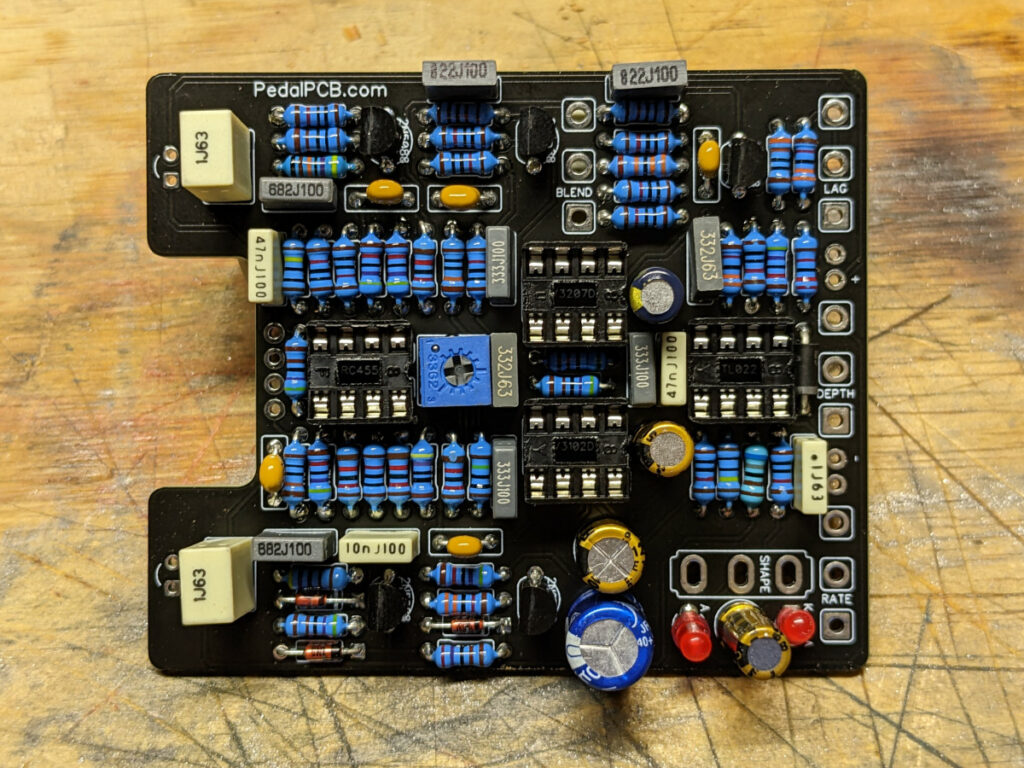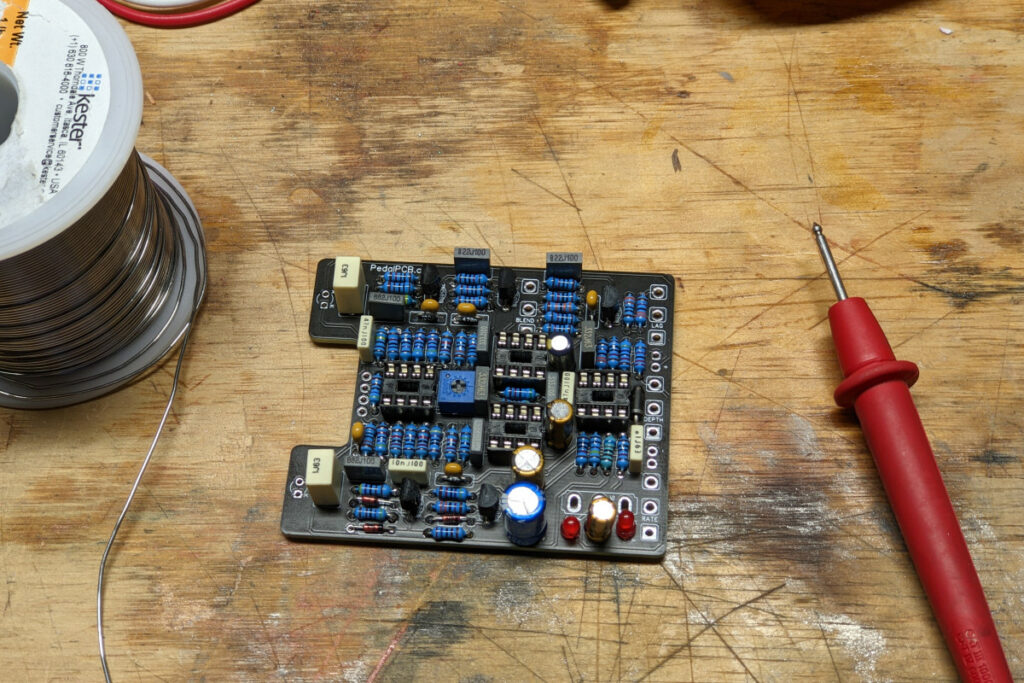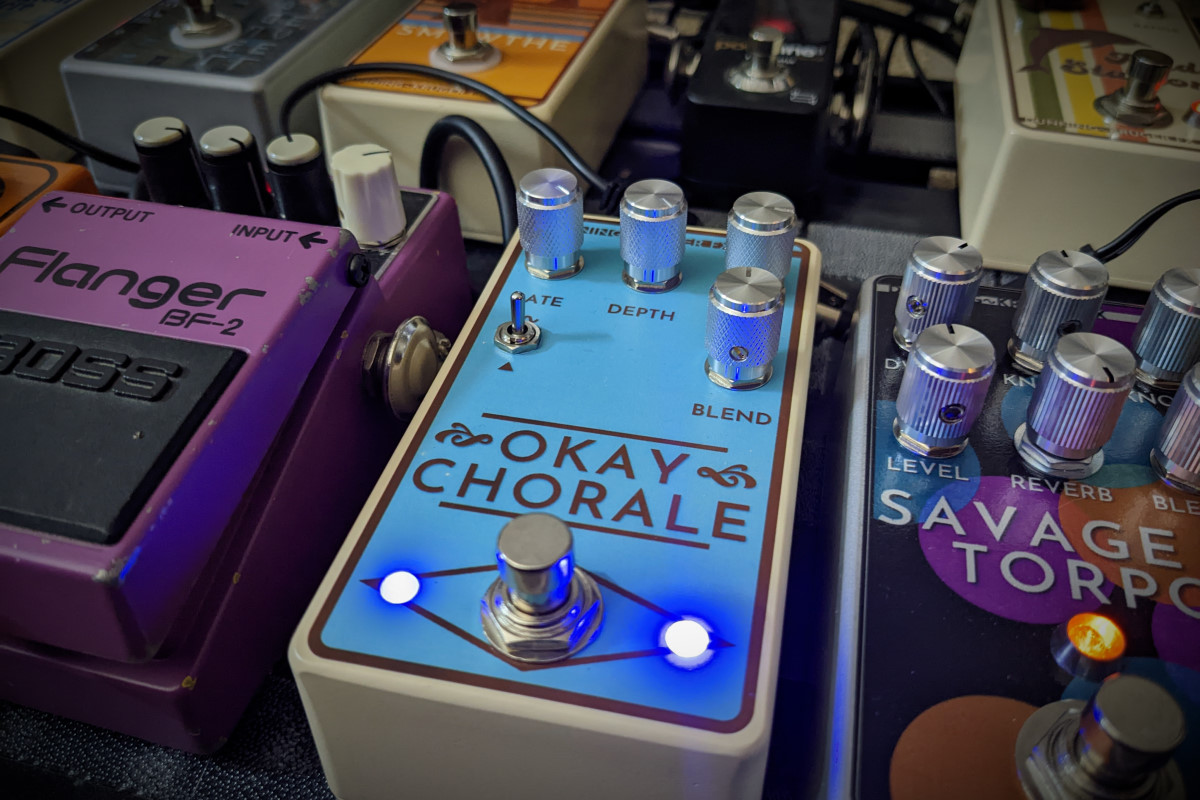
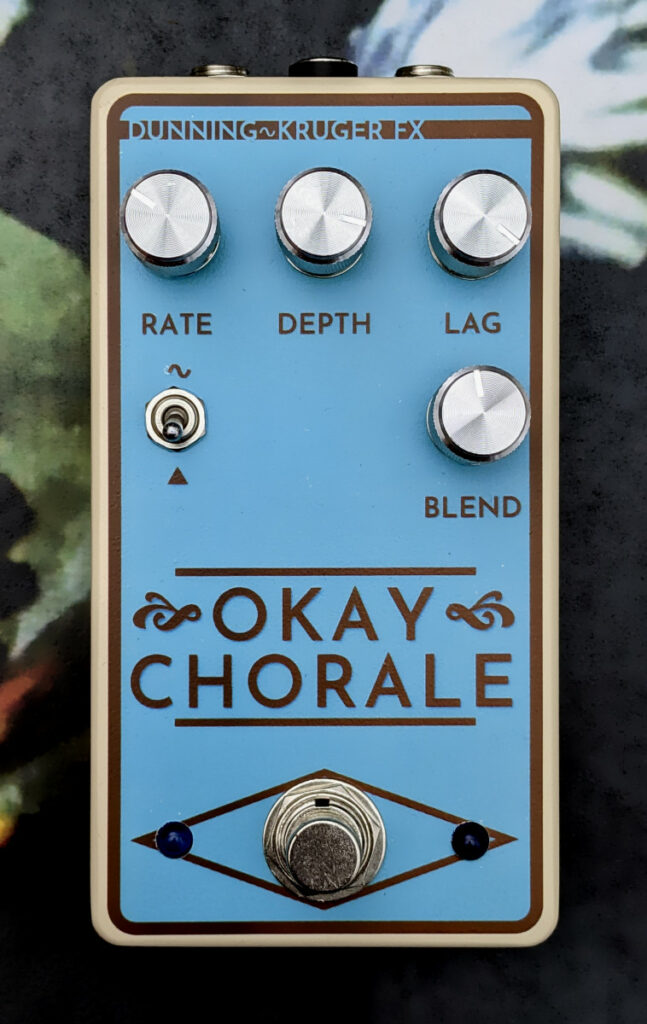
The Shootout
Those Peavey Boys were at it again: raisin’ a ruckus and disturbin’ the peace past the witching hour. The lawman had been pounding on the door for 10 minutes, but there’s no way they could have heard it. He idly spun his spurs while he waited for a break between songs and knocked again.
A skinny drunk guy dressed mostly in black leather opened the door wide. “Whadda you want?”
The lawman mumbled something, sounding like he was doing an impression of the low talker from Seinfeld.
“I can’t hear you, old man. What do you want?”
He cleared his throat and spoke up. “I’m the marshal, and y’all are makin’ too much noise.”
“You ain’t no marshal,” the rocker said. He gestured back toward his still-smoldering half stack. “That’s a Marshall.”
“I am U.S. Marshall Quiet Earp, and I’m notifyin’ you that y’all are too loud.”
“Well I’m LeRoy Peavey, and I’m notifyin’ you that you’re too old.” LeRoy placed his hand on the Boss Metal Zone in his holster.
“You don’t want to do that, son,” Quiet Earp said without breaking eye contact. He nonchalantly let his thumb drop from his waistcoat to his holstered pedal.
LeRoy looked him up and down. “Looks like you brought a chorus pedal to a metal fight. You’re outgunned.”
“Well I guess you never heard Master of Puppets. There’s chorus all over that thing.”
“Really? Hey, do you want to plug that in?”
“I reckon I could play a few bars. If you turn it down.”
LeRoy smiled and ushered in Quiet Earp, where they proceeded to do an impromptu pedal shootout with Quiet Earp’s bandolier of effects.
Details
I’ve wanted a chorus like Okay Chorale for a long time. To make chorus effect (electronically), a signal is usually split and one side is slightly delayed, with the amount of delay modulated by an LFO. There are, however, different ways to achieve delay. My (A Weird Amount of) Chorus pedal, for example, gets its delay from a PT2399 chip, which is a self-contained digital emulation of an analog delay. The OG of chorus pedals, the Boss Chorus Ensemble series, did it with and older technology called a “bucket brigade device” (BBD). Like an actual bucket brigade, where a bunch of people would stand in a line and pass buckets of water to each other to put out a fire or whatever, a BBD passes an electrical signal from one capacitor to another. It takes some time to get from one end to the other and winds up a little delayed.
Okay Chorale uses a Coolaudio V3207D BBD chip, which has 1,024 “buckets.” That sounds like a lot, but electricity is quick and it’s on a fast clock, so it can only muster about 50 milliseconds of delay. That’s plenty for chorus though, and I feel like they have a sound. I’m not some analog purist, but, at least in my head, there’s something to it. If you were to get 1,024 people in a line and have them pass a bucket of water from one end to the other, some would get spilled, and likewise, a BBD chip doesn’t give you exactly what you started with by the time a signal makes it down the line. That difference is potentially interesting.
The more I learn about pedals, the farther I can trace back their lineages. Okay Chorale is built with a PedalPCB Caesar Chorus, which is inspired by the Walrus Audio Julia, which is like a modified Boss CE-series, which was probably the only logical way to make chorus with the BBDs available at the time. A Boss CE-2 only has knobs for Rate and Depth control. Like the Julia, this one has additional controls for Blend (which mixes the original and delayed lines…when the original signal is completely removed, it’s vibrato), the shape of the LFO signal (either sine or triangle wave), and Lag (which was not immediately obvious to me). On a more traditional chorus, there is a fixed delay center point, and the Depth knob controls how far the delay time is modulated from that, but on this one, that “fixed” point can be moved with the Lag control. In practice, as you turn it up it gets weirder and makes the effect more obvious. The only change I made to the circuit was related to the blinking light that shows the speed of the LFO—it was on all the time, even when the pedal was off, which I found confusing and annoying. I adjusted things so that the blinky light would only come on when the effect was engaged.
The most difficult part of this build was sourcing the parts (BBDs are nostalgia parts at this point) but I think it was worth it. It will nail the Boss CE-2 thing, which is my North Star of chorus sounds, plus do some other cool stuff.
Vital Stats
Sound
It’s okay. (Actually, I like it a lot.)
The following sample is the Coronacaster into a Vox-flavored DI. At the end, there’s some Divine Smite added, turned down to the degree to which it can be contained.
